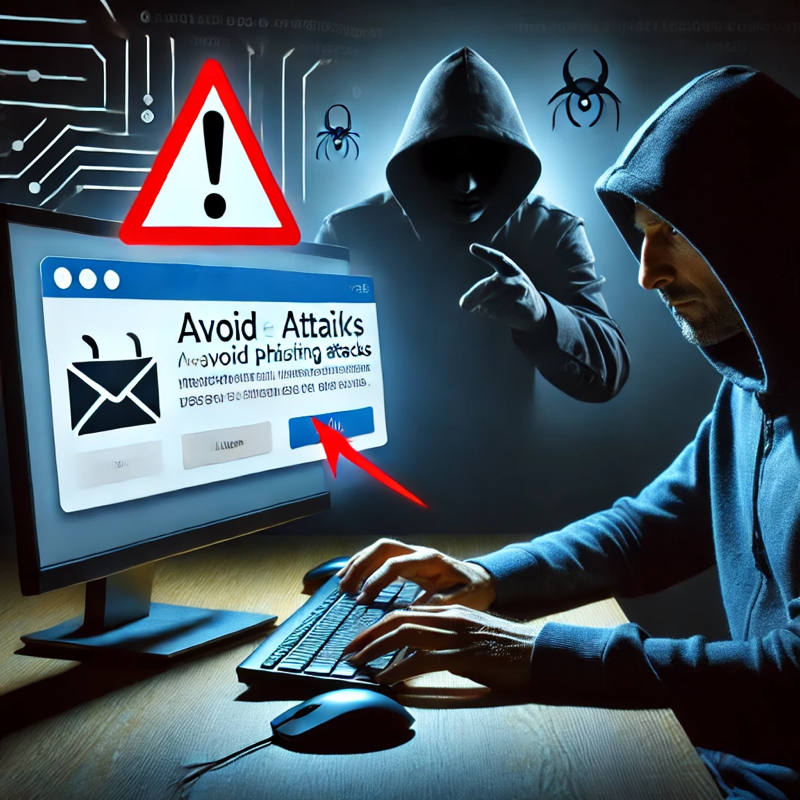Imagine this: You’re sipping your morning coffee, skimming through your emails, when you see one from your principal with the subject line: “URGENT: Click Now for Important Payroll Update.” You panic—what if your paycheck is wrong? You click the link faster than a kindergartener running to recess… and just like that, you’ve been phished.
Phishing attacks are sneaky attempts by cybercriminals to trick you into revealing personal information, like passwords or financial details. They disguise themselves as trusted sources—your bank, the school district, or even your principal. And let’s be honest, after a long day we’re all more susceptible to clicking on something shady. But fear not! Here’s how to spot a phishing attack and avoid taking the bait.
How to Spot a Phishing Email
🐟 The “Urgent” Hook – If an email pressures you to act immediately (“Your account will be deleted in 24 hours!”), pause. Phishers rely on panic to cloud your judgment.
🐟 The Too-Good-To-Be-True Offer – Did you just win a free cruise? A surprise bonus from HR? Unless you actually entered a contest, it’s likely a scam.
🐟 Suspicious Links and Attachments – Hover over any link before clicking. If the URL looks strange (e.g., payrolldepartment.scam), don’t click it.
🐟 Weird Grammar & Spelling – If the email is supposedly from “Aple Support” or your “Shcool IT Department,” that’s a red flag. Cybercriminals often struggle with spelling, unlike your students, who struggle but at least have you correcting them.
🐟 Unusual Sender Address – If you get an email from your principal but the sender’s email is something bizarre like principal123@gmail.com, it’s fake. (Unless your principal moonlights as a YouTuber, in which case… still suspicious.)
How to Stay Safe and Avoid Getting Phished
🛑 Pause Before Clicking – If something seems off, trust your gut. If an email is urgent, confirm it with the sender through a different method (like a quick call or face-to-face chat).
🔑 Use Strong, Unique Passwords – If you’re using password123 for everything, change it now. Use a password manager to keep things secure.
📚 Train Yourself & Your Students – Just like we teach kids not to share personal info with strangers, we should follow our own advice online. Cybersecurity training isn’t just for IT nerds—it’s for all of us.
🔐 Enable Multi-Factor Authentication (MFA) AND BE DILIGENT ABOUT APPROVALS – It’s an extra step, but MFA helps protect our systems. However, it only works if we are diligent about what MFA attempts we approve. Don’t be too quick to approve every request that comes in. First, stop to think if you were doing something that would generate a request – that is, were you logging in to a system? If not, then don’t approve it!
📩 Report Suspicious Emails – If something looks phishy, report it! Use the Phising notification button in gmail to report it in to our systems. Better safe than sorry!
Phishing attacks are like those students who hand in suspiciously perfect essays written in “their own words”. They may seem convincing at first glance, but a little scrutiny reveals the truth.
Stay alert, stay skeptical, and most importantly—never let a cybercriminal steal your lunch money (or your login credentials).

